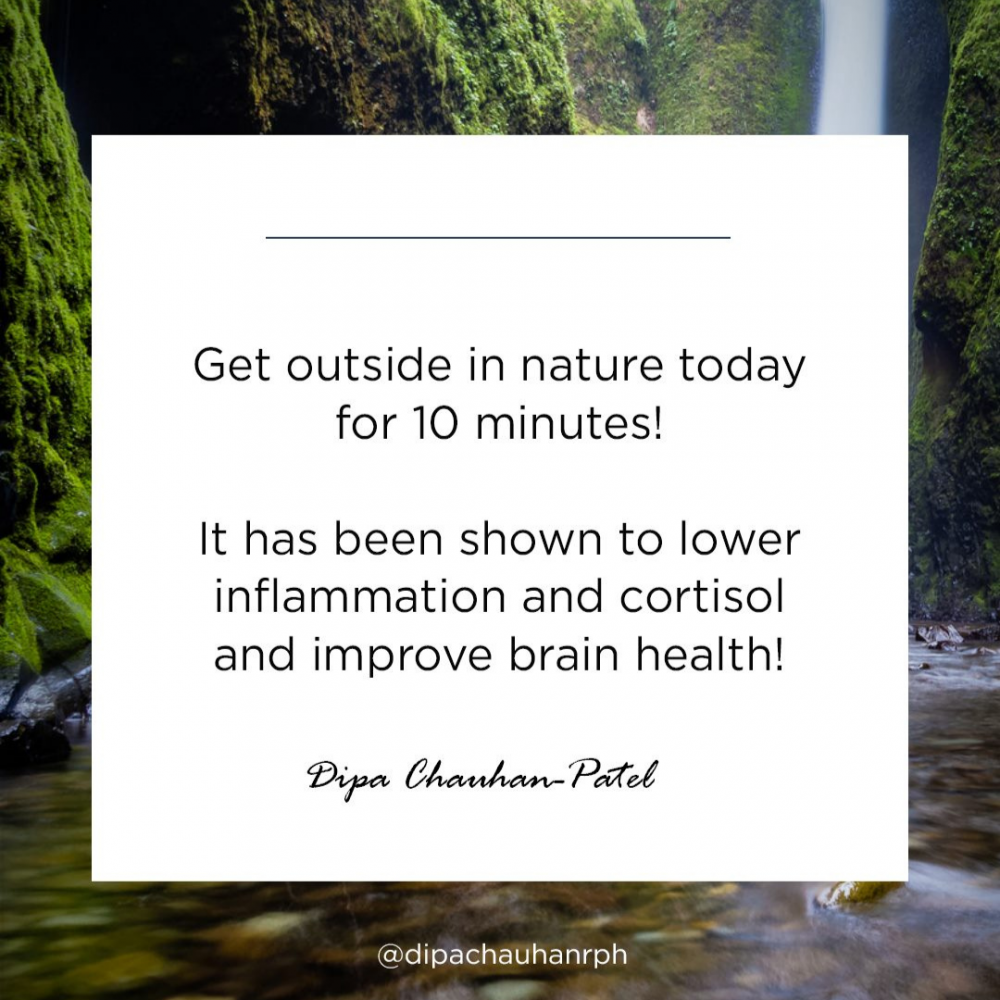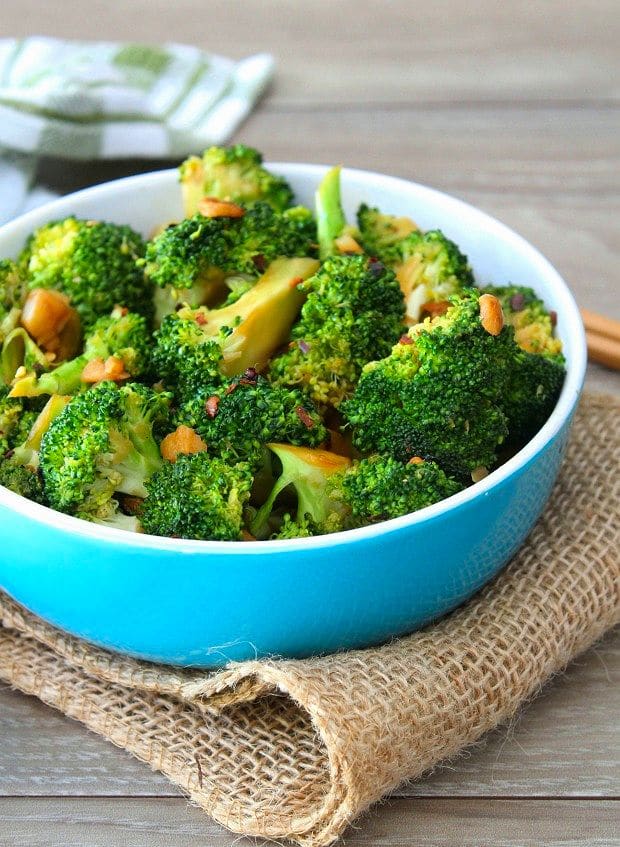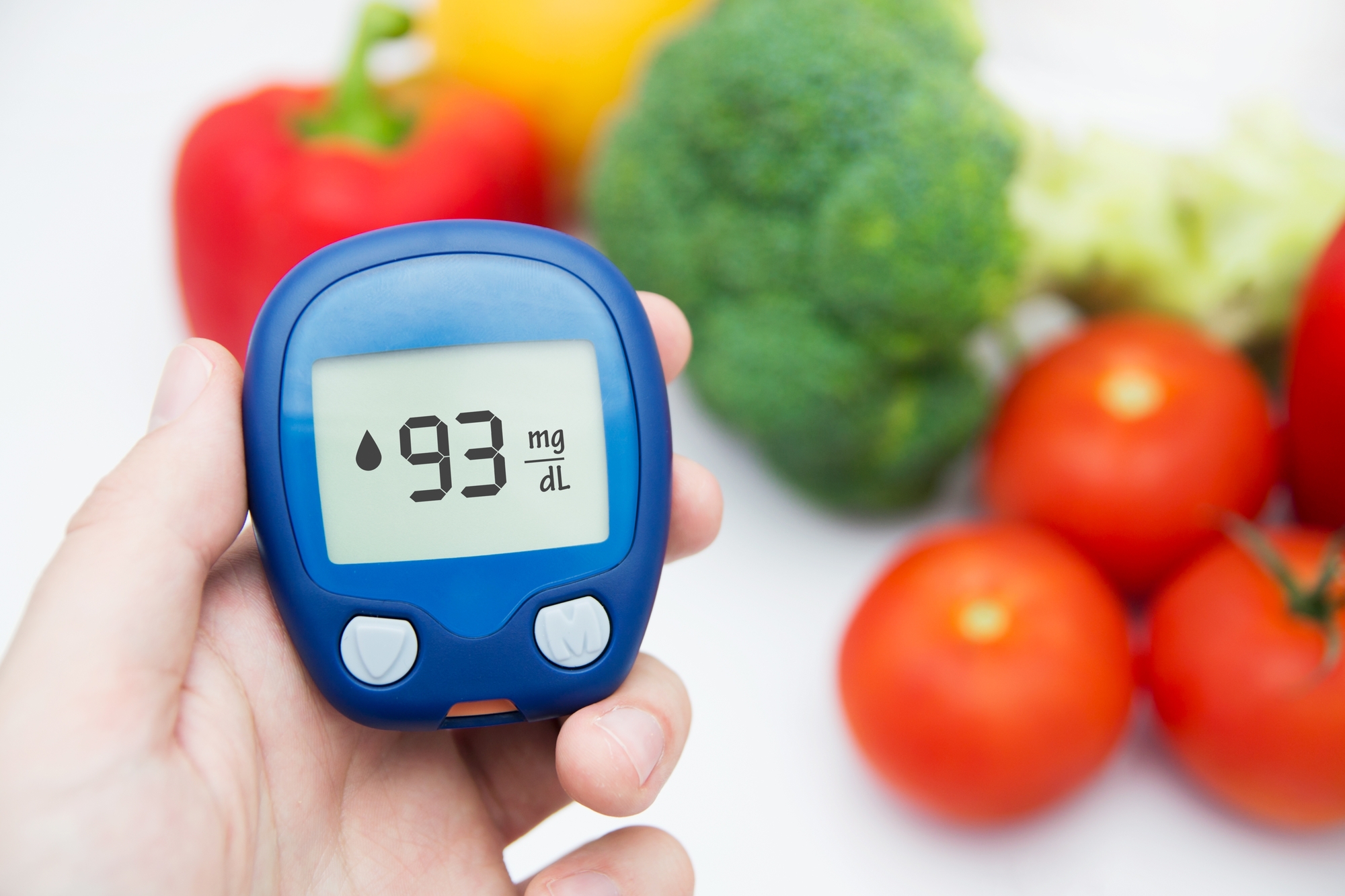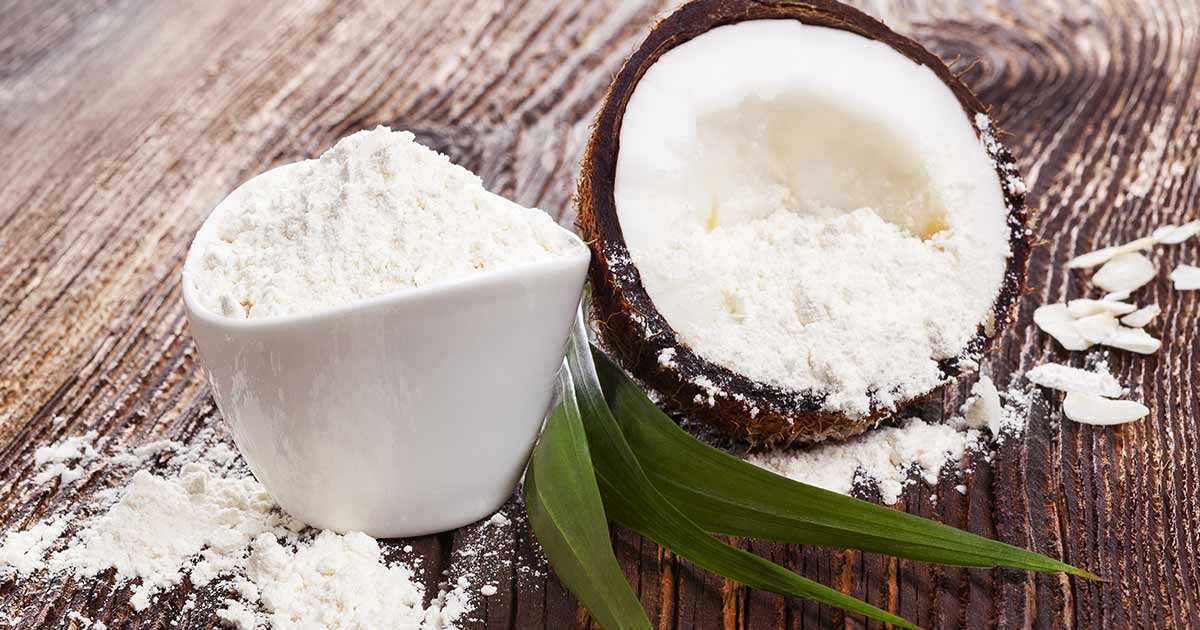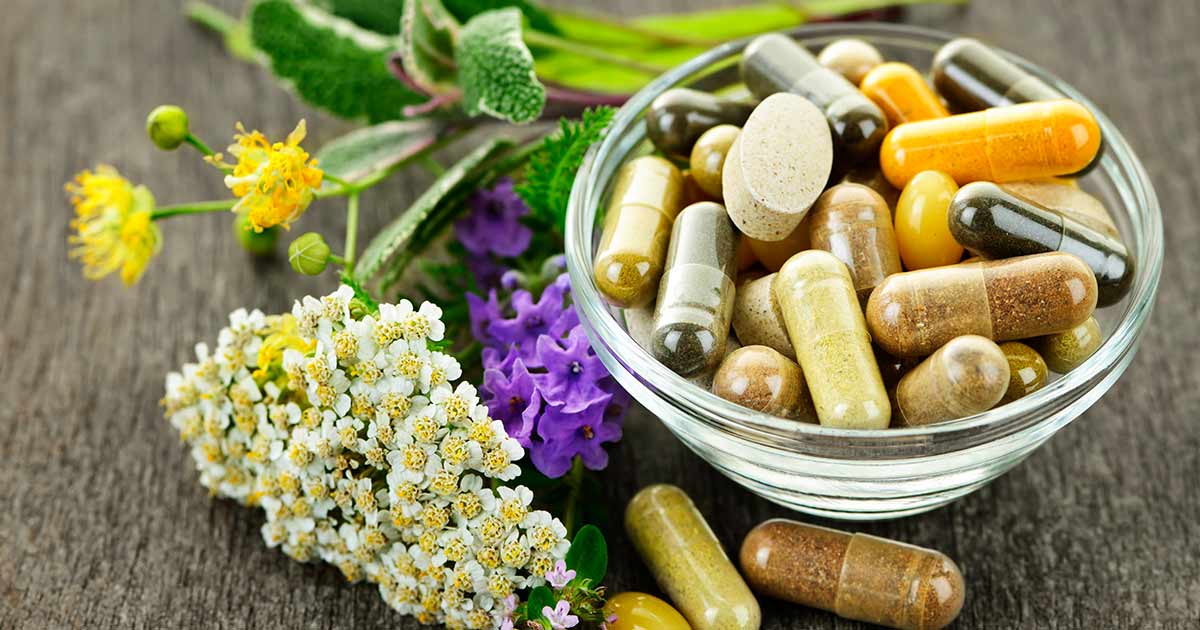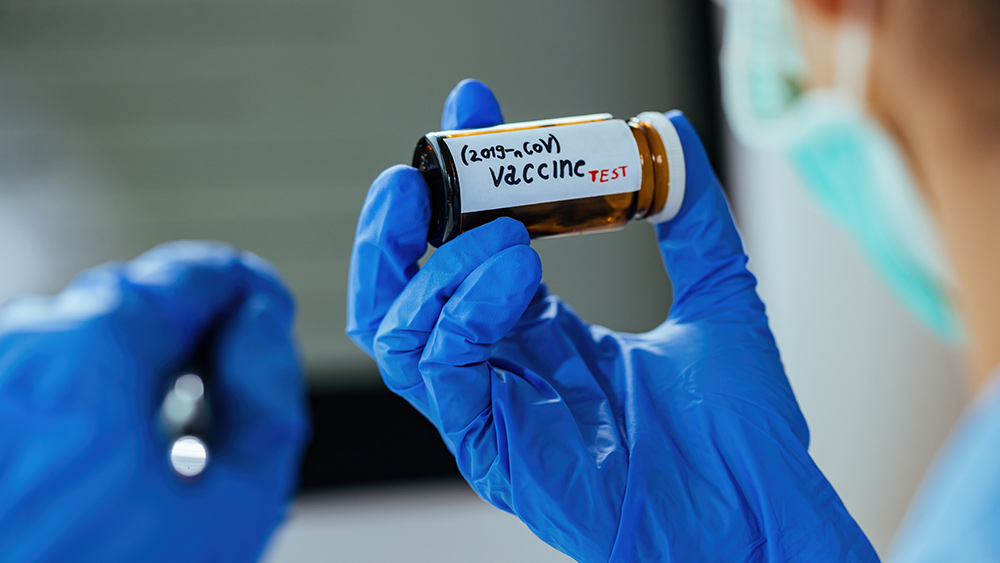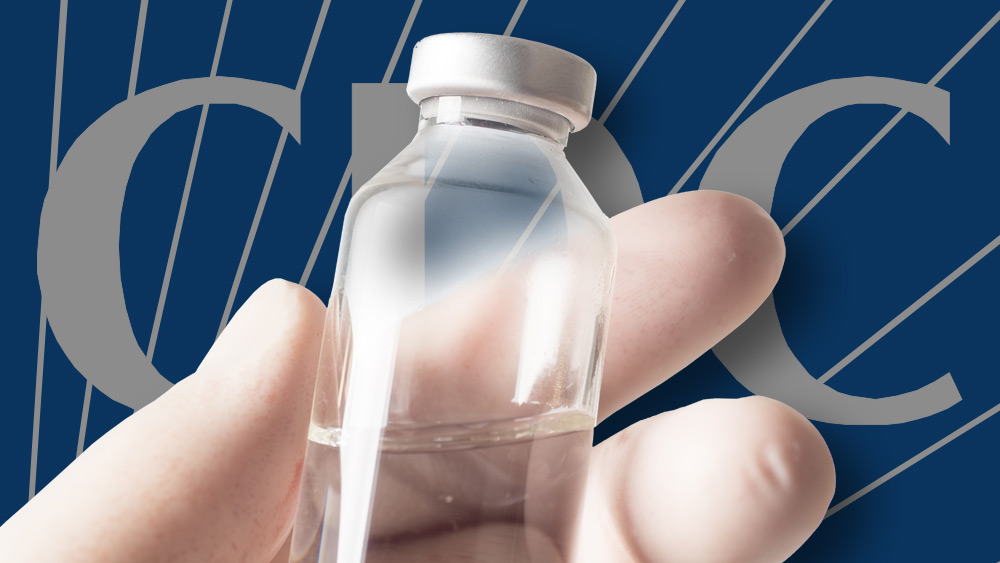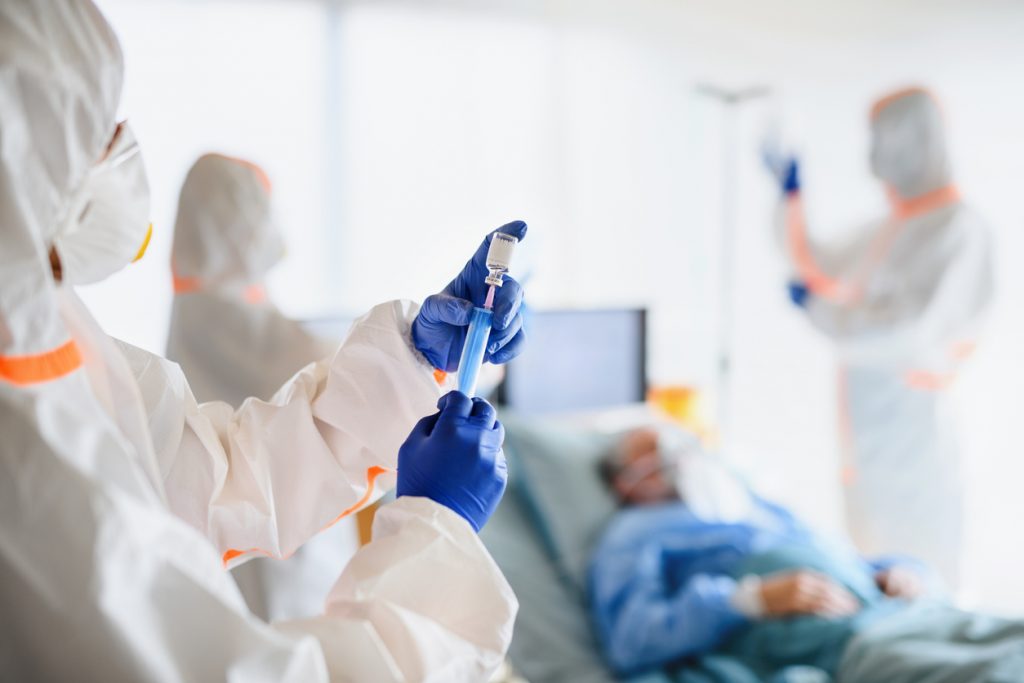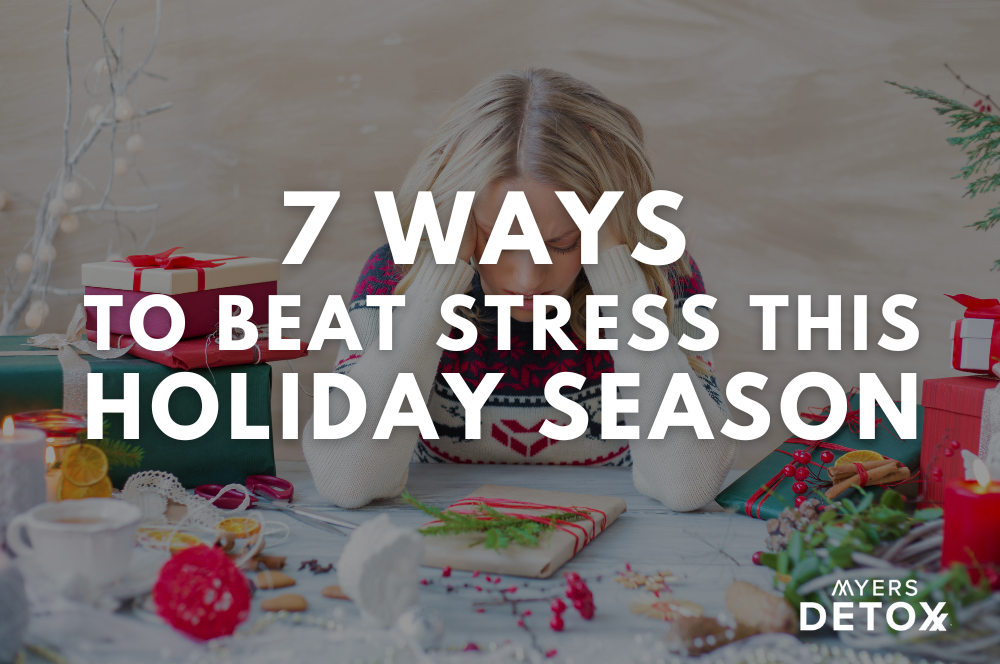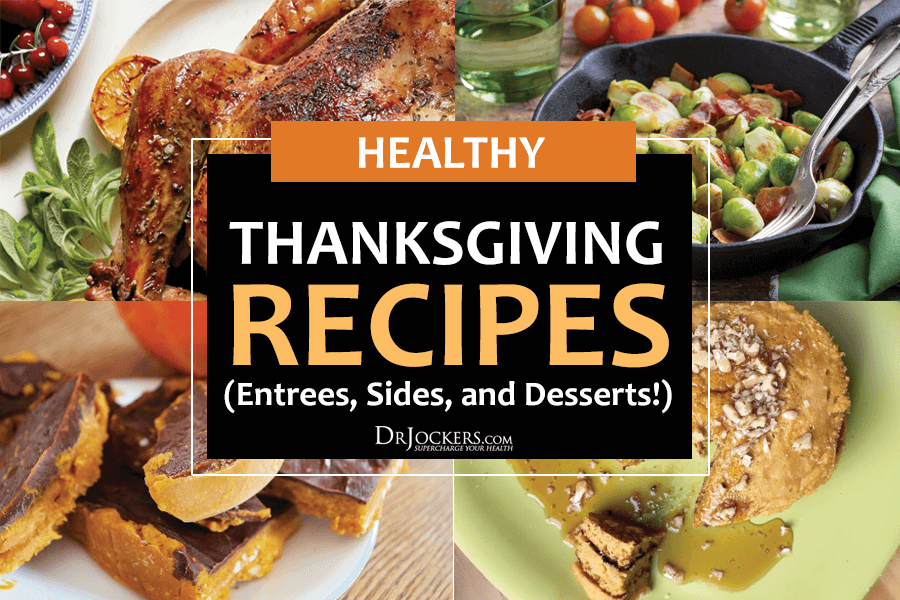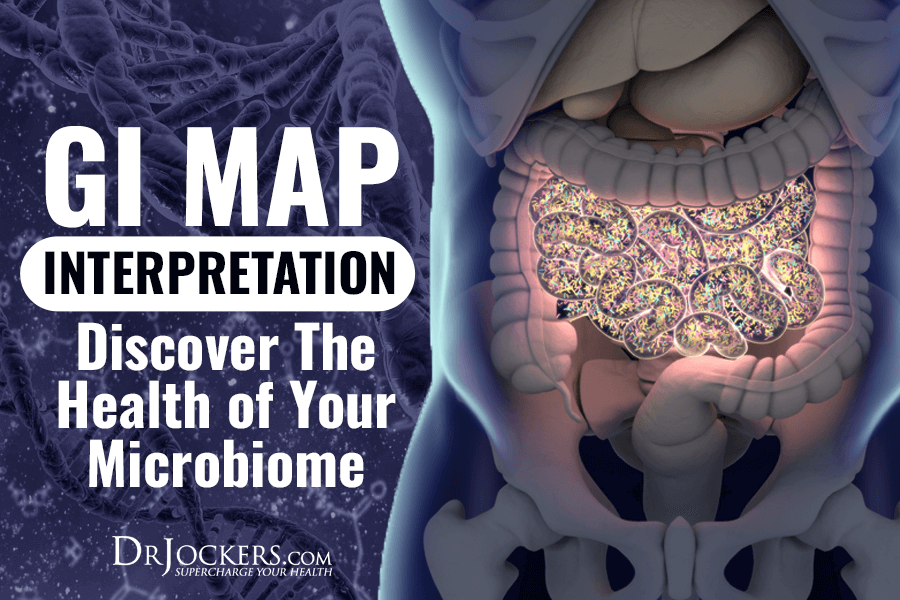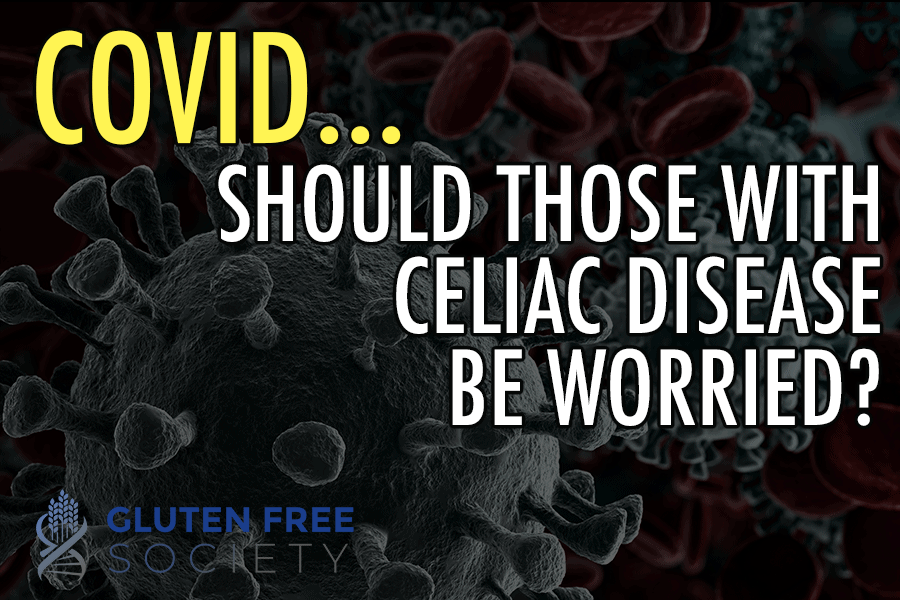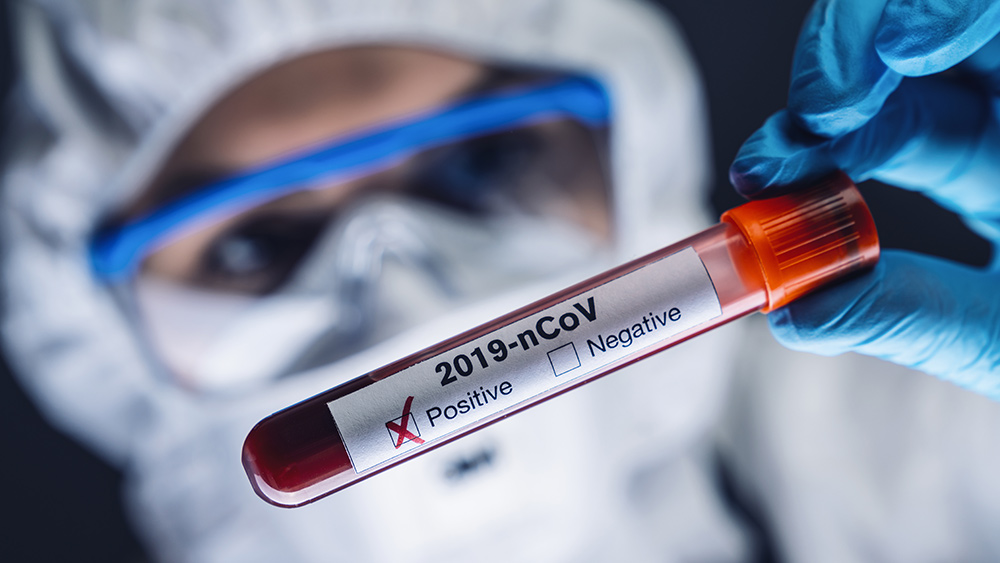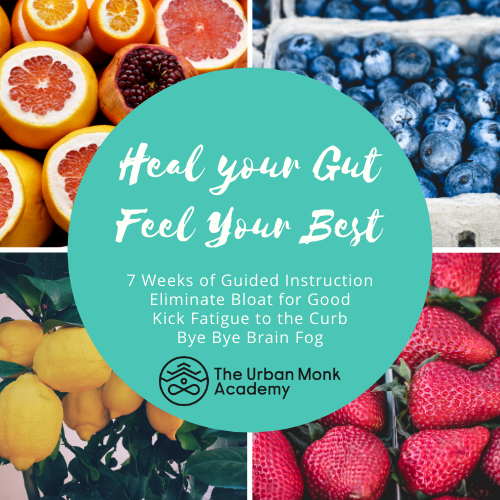Hi Jimi,
It’s official - Day 1 of the ALL-NEW Next Steps for Treating Tough SIBO Masterclass Summit starts NOW!
The first 14 presentations are available to watch starting NOW, for the next 24 hours.
The solution to YOUR tough SIBO problems might just be tucked away inside these Masterclasses... don't miss your chance to learn!
Quick recap of what is included in Day 1:
DAY 1 - November 17th (24 hour viewing period: beginning 11 AM Eastern Nov 17 and ending 11 AM Eastern Nov 18)
SIBO Overview & Orientation with Dr. Allison Siebecker, ND, MSOM, LAc
Research Update: Hydrogen Sulfide Testing, Small Intestine Microbiome, and SIBO with Dr. Mark Pimentel, MD
"Dr. Pimentel was awesome! Thanks for all you do to help people with SIBO develop a better understanding of how to manage this syndrome." - Maureen
How Dynamic Neural Retraining Systems Can Help SIBO with Annie Hopper
Neural Therapy: An Unexpected Solution for SIBO with Dr. Anne Hill, ND
"Thank you so much, Dr. Hill! The information you shared was incredibly helpful! You’ve given me hope!" - Rebecca R.
Electrical Stimulation (Sine Wave) & Myofascial Release with Neural Therapy for SIBO with Dr. Heidi Petersen, ND
Using Hypnotherapy to Treat IBS and SIBO (Yes, Really!) with Dr. Peter Whorwell, MD
Non-Surgical Adhesion Resolution with Larry Wurn, LMT
How the 3 Categories of Probiotics Can Help SIBO with Dr. Michael Ruscio, DC
"This is genuine information delivered at a very reasonable rate. Thanks to Dr Ruscio and Shivan!" - Laura H.
Serum Bovine Immunoglobulin (IgG) for SIBO with Dr. Leonard Weinstock, ND
"WOW!!! Is all I can say about the masterclass today!!! This class with Dr. Weinstock was so jam-packed with new information that I will be listening again & again, and I will definitely be sharing the transcript with my own doctor." -
Peptides for SIBO with Dr. Farshid Sam Rahbar, MD
Frequency Specific Microcurrent, Neural Therapy, and Functional Immunology with Dr. David Musnick, MD
FAQ: Histamine and SIBO with Dr. Mona Morstein, ND
"I really enjoyed Dr. Morstein’s masterclass. Her thorough protocol is so helpful and makes sense! I love how she makes the process clear and as simple as possible for patients. I’ve been completely overwhelmed for months frequently wondering if I’m doing things correctly." -Kassie
Finding Your Underlying Cause of SIBO Masterclass with Dr. Allison Siebecker, ND, MSOM, LAC
"Yes it's great - I wish I'd had it at the beginning of my SIBO 'journey' instead of wading through so much info and not finding all the info l needed. This presentation is so clear and thorough. Plus, Dr. Siebecker herself has SIBO that can only be managed, so she really knows how it feels." - Patty S.
Essential SIBO Treatment & Prevention Masterclass with Dr. Allison Siebecker, ND, MSOM, LAc
There’s nothing else to do now but… GO WATCH!
It’s official - Day 1 of the ALL-NEW Next Steps for Treating Tough SIBO Masterclass Summit starts NOW!
The first 14 presentations are available to watch starting NOW, for the next 24 hours.
The solution to YOUR tough SIBO problems might just be tucked away inside these Masterclasses... don't miss your chance to learn!
Quick recap of what is included in Day 1:
DAY 1 - November 17th (24 hour viewing period: beginning 11 AM Eastern Nov 17 and ending 11 AM Eastern Nov 18)
SIBO Overview & Orientation with Dr. Allison Siebecker, ND, MSOM, LAc
Research Update: Hydrogen Sulfide Testing, Small Intestine Microbiome, and SIBO with Dr. Mark Pimentel, MD
"Dr. Pimentel was awesome! Thanks for all you do to help people with SIBO develop a better understanding of how to manage this syndrome." - Maureen
How Dynamic Neural Retraining Systems Can Help SIBO with Annie Hopper
Neural Therapy: An Unexpected Solution for SIBO with Dr. Anne Hill, ND
"Thank you so much, Dr. Hill! The information you shared was incredibly helpful! You’ve given me hope!" - Rebecca R.
Electrical Stimulation (Sine Wave) & Myofascial Release with Neural Therapy for SIBO with Dr. Heidi Petersen, ND
Using Hypnotherapy to Treat IBS and SIBO (Yes, Really!) with Dr. Peter Whorwell, MD
Non-Surgical Adhesion Resolution with Larry Wurn, LMT
How the 3 Categories of Probiotics Can Help SIBO with Dr. Michael Ruscio, DC
"This is genuine information delivered at a very reasonable rate. Thanks to Dr Ruscio and Shivan!" - Laura H.
Serum Bovine Immunoglobulin (IgG) for SIBO with Dr. Leonard Weinstock, ND
"WOW!!! Is all I can say about the masterclass today!!! This class with Dr. Weinstock was so jam-packed with new information that I will be listening again & again, and I will definitely be sharing the transcript with my own doctor." -
Peptides for SIBO with Dr. Farshid Sam Rahbar, MD
Frequency Specific Microcurrent, Neural Therapy, and Functional Immunology with Dr. David Musnick, MD
FAQ: Histamine and SIBO with Dr. Mona Morstein, ND
"I really enjoyed Dr. Morstein’s masterclass. Her thorough protocol is so helpful and makes sense! I love how she makes the process clear and as simple as possible for patients. I’ve been completely overwhelmed for months frequently wondering if I’m doing things correctly." -Kassie
Finding Your Underlying Cause of SIBO Masterclass with Dr. Allison Siebecker, ND, MSOM, LAC
"Yes it's great - I wish I'd had it at the beginning of my SIBO 'journey' instead of wading through so much info and not finding all the info l needed. This presentation is so clear and thorough. Plus, Dr. Siebecker herself has SIBO that can only be managed, so she really knows how it feels." - Patty S.
Essential SIBO Treatment & Prevention Masterclass with Dr. Allison Siebecker, ND, MSOM, LAc
There’s nothing else to do now but… GO WATCH!




